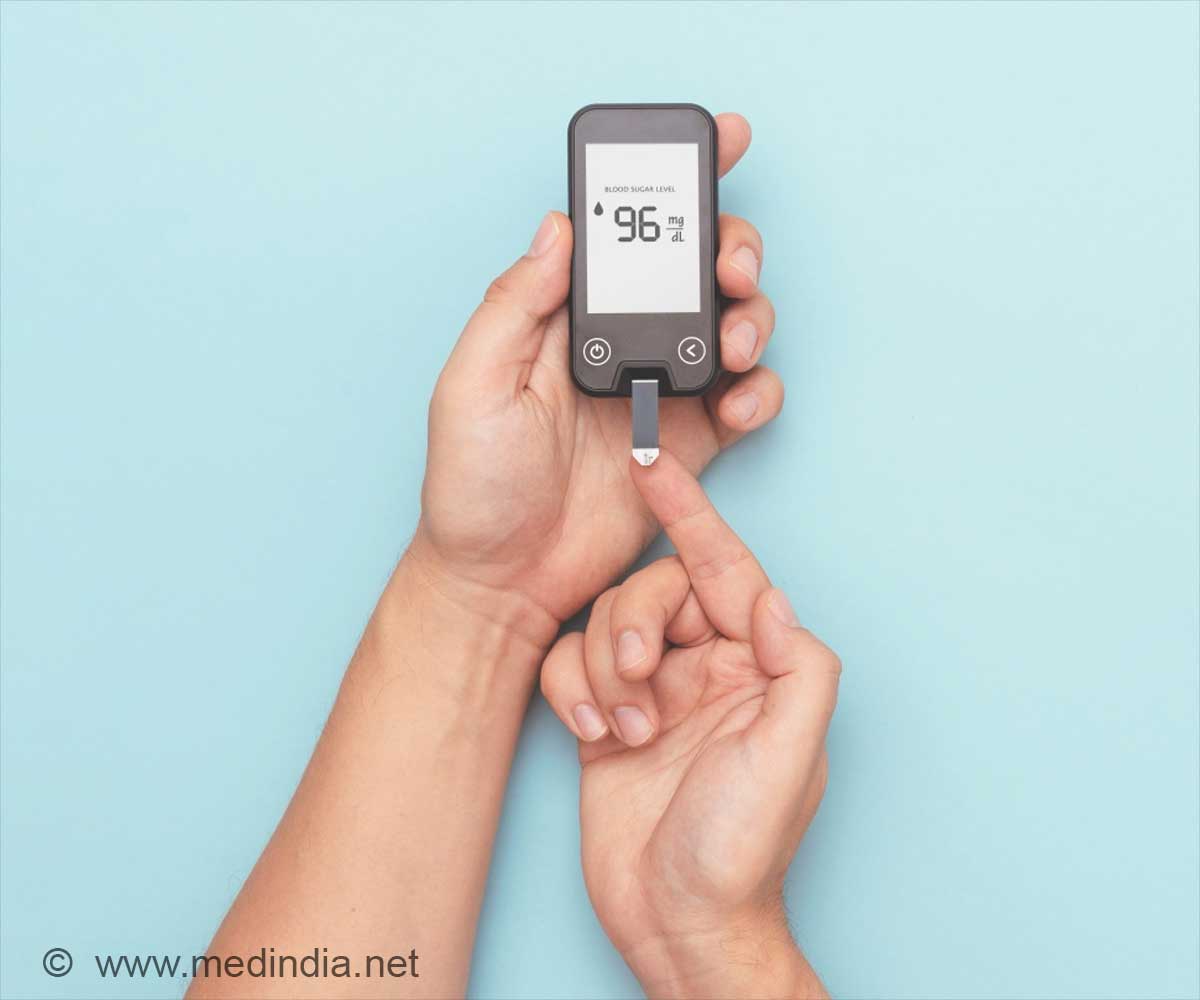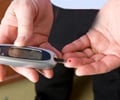
"We show that if you take ACE2 away, they [lab models of diabetes] do very poorly," said Oudit. "It worsened their heart function and their vascular function."In patients, if you have high levels of ACE2 in your vascular reparative cells you do not get diabetic complications, even if your diabetic control is very poor."
The study was funded by the National Institutes of Health, Alberta Innovates – Health Solutions and the Canadian Institutes of Health Research.
Oudit's related studies have also looked at another major organ affected by diabetes – the kidneys. ACE2 proved protective in these organs, as well.
"Diabetes is the world's most common cause of blindness and renal failure, so this work is very important," he said.
The next step is to analyze human blood samples from Edmonton's patient population to see the effects of ACE2 in diabetics. The researchers will screen the blood of both Type 1 and Type 2 diabetic patients since they think it's relevant in both.
Advertisement
Human recombinant ACE2, which is a pure form of this enzyme, is currently moving into Phase 2 clinical trials as a treatment for lung disease. The hope is that its use could then be extended as a pharmaceutical to treat diabetic patients so they can avoid cardiovascular, renal or eye disease.
Advertisement
Source-Eurekalert















